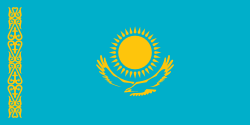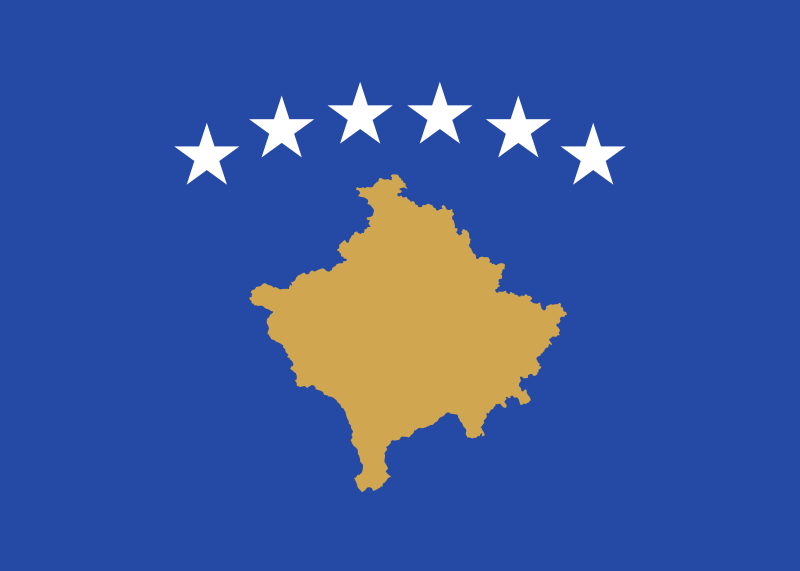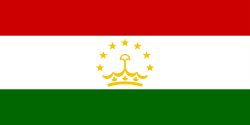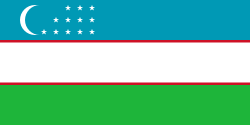General Information
Population
Immigration
Emigration
Working-age population
Unemployment rate
GDP
Refugees and IDPs
Citizenship
Territory
Migration Authorities
Responsible Body
Line Ministries
Ministry of Foreign Affairs (MNE)
Ministry of Labour, Solidarity and Social Security (MTSSS)
State Secretary of Portuguese Communities under the Ministry of Foreign Affairs.
Presidency of the Council of Ministers
State Secretary for Equality and Migration (previous State Secretary for Integration and Migration)
Agencies
Key Policy Documents
Strategic plan for Migration 2015 – 2020 – High Commission for Migration (ACM)
Portuguese Plan for the Integration of the Global Compact for Migration (in Portuguese)
2008 Law on Right to Asylum or Subsidiary Protection
2007 Law on Entry, Permanence, Departure and Removal of Foreigners from National Territory (“Law on Foreigners”)
2006 Law on Right of Free Movement and Residence of Citizens of the European Union
2003 Law on Temporary Protection of Displaced Persons
1999 Law on Legal Regime of Immigrant Associations
Description
Historically an emigration country, Portugal has become an important country of destination for international migrants, whose number has grown considerably in the past decade. The rising immigration offsets the population decline, which amounted to 2.1% over the past decade.
Since 2017, the inflow of migrants is 40% higher than the outflow. The number of foreigners residing in Portugal increased by 12.2% in 2020, compared to 2019, and by 70% compared to 2015, reaching 698.887 in 2021. This represents the highest value recorded by the Immigration and Borders Service (SEF) since its creation in 1976.
The immigrant population in the country has grown not only in number but also in diversity. While in the 1990s most immigrants were nationals of the former Portuguese colonies in Africa, today’s immigrants stem from Brazil (204.694 persons or 29,3%), the United Kingdom (6%), Cape Verde (4,9%), Italy (4,4%), India (4,3%), Romania (4,1%), Ukraine (3,9%), France (3,8%), Angola (3,7%) and China (3,3%). However, following the Russian invasion of Ukraine on 24 February 2022, the Ukrainian community in Portugal doubled in size, turning into the second most populous group of migrants in the country.
While the foreign resident population has been increasing each year, migration flows have decreased since the beginning of the pandemic. In 2021, the number of issued residence permits declined for the second consecutive year, reaching 111.311 compared to 129.155 permits issued in 2019. Over the past five years, the majority of residence permits were issued for employment, family reunification and education. However, employment purposes took over the top place previously occupied by family reunification. Nationals of India, Bangladesh, Nepal and Pakistan received most permits for work purposes. Family reunification was the main reason among nationals of Angola, Pakistan, Brazil and Nepal. Meanwhile, citizens of Cape Verde, Saint Tome and Prince, Guinea Bissau and Angola received most permits to study.
While irregular migration is small in numbers, a new maritime route between Morocco and the South of Portugal has been identified as a way for irregular arrivals of foreign nationals in 2021. In the same year, inspections carried out by SEF across the country in diverse places, such as hotels, night clubs, shipyards, streets, and restaurants, identified 37.996 persons, 878 of whom were third-country nationals and in an irregular situation. Over the past five years, the share of identified irregular migrants remained below 5% during similar investigations. In 2021, Portugal initiated 12.569 administrative offence proceedings, 68.9% less than in 2020. The vast majority of administrative offences concerned excessive or irregular stay and non-renewal of the residence permit. In addition, Portugal identified 54 victims of human trafficking, mostly related to labour and sexual exploitation.
In 2021, the number of beneficiaries of the voluntary return support program saw a decrease of 66.8% compared to 2020. The same year, the programme benefited 93 Brazilian citizens, who represented 82.3% of persons returned. As for mandatory returns, in 2020, the number of third-country nationals ordered to leave was 3200, 50% less compared to 2019. Of those, 470 have actually left the country, nearly identical to 465 persons returned in 2019.
Despite a downward trend in outflows, Portugal remains the number one EU state with the most emigrants as a proportion of the resident population, which amounted to around 25%. Even though the emigration flows fell by 44% to 45.000 departures in 2020, Portuguese nationals were still among the four largest groups of EU citizens living in another EU Member State that year. The majority of the 2.6 million Portuguese emigrants live in France, Switzerland, the United Kingdom, Spain and Germany. Outside Europe, the most popular destination countries include the United States, Canada and Brazil.
Historically emigration from Portugal is linked to socio-economic push and pull factors. The outflows grew in line with the loss of competitiveness of the Portuguese economy and the rise in unemployment. Since 2014, with the revitalization of the Portuguese labour market and reduction of unemployment, emigration has slowed down. Over 80% of the Portuguese emigrants in the OECD countries are of working age and over 60% are low-skilled workers, despite an increase from 6% to 11% of emigrants with higher education.
Within the EU, Portugal has been among the top recipients of remittances in absolute numbers in 2019, 2020 and 2021. In 2020, the value of remittances was slightly higher than 3.6 billion euros, representing 1.8% of the country’s GDP. Remittances from Switzerland and France amounted to 28% each, followed by the United Kingdom with 11%. As for outward flows, Brazilian immigrants in Portugal send the most remittances to their country of origin. In 2020, 60% of total immigrant remittances were sent to Brazil, China and France.
Portugal does not feature among the main destinations for beneficiaries of international protection in the world or Europe. However, since 2015-2016 the overall number of asylum applications has grown. By 2019, the country had been hosting around 2.400 people with refugee status or subsidiary protection, which represented 0.1% of the total number of beneficiaries in the EU28. In 2021, the number stood at 2.807. In 2021, asylum requests reached 1.537, including those received through the EU relocation mechanisms, increasing by 53.4% compared to 2020. The main countries of origin of asylum seekers are Afghanistan, responsible for over 40% of the requests, followed by Morocco, India, Gambia and Guinea. As for the recognition rates, a little over 300 persons, mostly from Asian countries, received either refugee status or subsidiary protection in Portugal in 2021 (94 in 2020).
Given the growing importance of migration, in January 2020, Portugal created a position of Secretary of State for Integration and Migration – later renamed Secretary of State for Equality and Migration – who is responsible for the development of integration policies. In 2020, the Prime Minister has also ordered to dissolve the Portuguese Immigration and Borders Service (SEF), following a deadly incident that involved three SEF border agents in March 2020. The decision was approved by the Parliament in October 2021. SEF functions related to border control and investigation will be transferred to the Police of Public Security, the National Republican Guard and the Judiciary Police. Meanwhile, administrative tasks related to foreigners will be redistributed between a new forthcoming institution, the Portuguese Agency for Migration and Asylum, and the Institute of Registers and Notaries.
Portugal adopted the Global Compact for Safe, Orderly and Regular Migration, as well as the Global Compact for Refugees. Moreover, it was one of the first countries in the world to approve the National Plan for the Implementation of the Global Compact for Migration in 2019. The country is a party to several migration dialogues, including the Prague Process.



















































